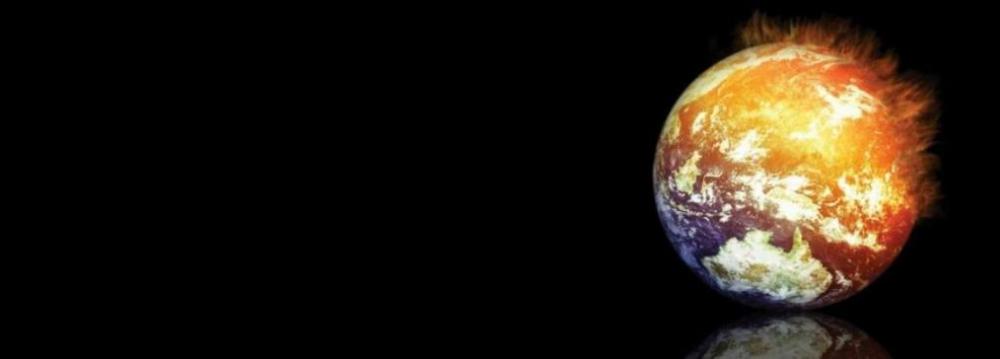Manmade global warming is set to produce exceptionally high average temperatures this year and next, boosted by natural weather phenomena such as El Nino, Britain’s top climate and weather body said in a report on Monday
“It looks very likely that globally 2014, 2015 and 2016 will all be among the very warmest years ever recorded,” Rowan Sutton of the National Center for Atmospheric Science, which contributed to the report, told journalists, AFP reported..
“This is not a fluke,” he said. “We are seeing the effects of energy steadily accumulating in the Earth’s oceans and atmosphere, caused by greenhouse gas emissions.”
The rate at which global temperatures are increasing is also on track to pick up in the coming years, ending a period of more than a decade in which the pace of warming worldwide had appeared to slow down, the report said.
This “pause” has been seized upon by skeptics as evidence that climate change was driven more by natural cycles than human activity.
Some scientists, however, argue that there was no significant slowdown, pointing instead to flawed calculations.
The 20-page report from Britain’s Met Office, entitled “Big changes underway in the climate system?”, highlights current transitions in major weather patterns that affect rainfall and temperatures at a regional level.
Most Intense El Nino
An El Nino weather pattern centered in the tropical Pacific Ocean is “well underway”, the report says, and shaping up to be one of the most intense on record. Very strong El Ninos also occurred over the winters of 1997 and 1982.
Set to grow stronger in the coming months, the current El Nino—a result of shifting winds and ocean circulation—is likely to result in dry conditions in parts of Asia and Australia, as well as southern and sub-Saharan North Africa, the Met Office said.
By contrast, the southwestern United States—including parched California, suffering from a historic drought—has a strong chance of seeing higher-than-average rainfall.
El Ninos also affect tropical storms, making them less likely in the North Atlantic and more intense in the West Pacific, where they are known as typhoons.
Overall, an El Nino is also likely to add a little heat to the general impact of global warming.
Meanwhile, warming sea surface temperatures along the North American west coast point to a reversal of another natural pattern called the Pacific Decadal Oscillation.
This, too, could temporarily nudge regional temperatures higher, but has yet to be confirmed, the report said.
Finally, the interplay of ocean currents and atmosphere in the Atlantic—another multi-decade oscillation—is moving the other way and will have a cooling effect.
“The current warm phase is now 20 years long and historical precedent suggests a return to relatively cool conditions could occur within a few years,” the report says.
By itself, that would mean cooler and drier summers in northern Europe, and increased rainfall in the northeastern United States.
While all of these cyclical forces affect weather and temperatures trends, global warming is the main driver of change today, the report concluded.
“We know that natural patterns contribute to global temperature in any given year, but very warm temperatures so far this year indicate the continued impact of increasing greenhouse gases,” said Stephen Belcher, director of the Met Office Hadley Centre.
Record Hotness
Nine of the 10 hottest months on record have occurred since 2005, and the first seven months of 2015 are the hottest January–July span on record. That means 2015 is very well poised to become the hottest year on record, according to Gizmodo.
After 2014 was declared the warmest year on record, a Climate Central analysis showed that 13 of the 15 warmest years in the books have occurred since 2000 and that the odds of that happening randomly without the boost of global warming was 1 in 27 million.
Global averages aside, it has been a summer filled with strange and extreme weather phenomena, including record-smashing heat waves in India and the Middle East, unprecedented wildfires across the Pacific Northwest and the extraordinarily rapid retreat of Arctic Sea ice.
The continued rise of carbon dioxide levels will raise the planet’s temperature by another 4 degrees Celsius by the end of this century depending on when and if greenhouse gas emissions are curbed, scientists have calculated.


